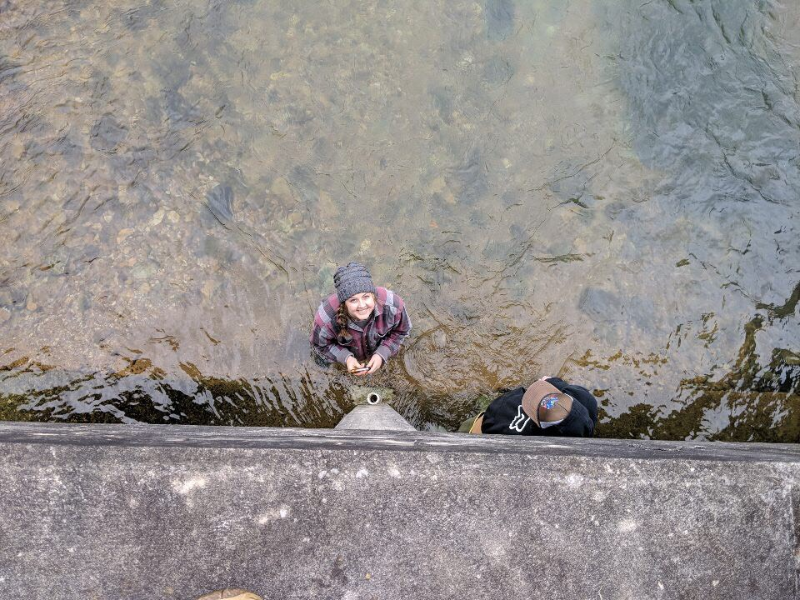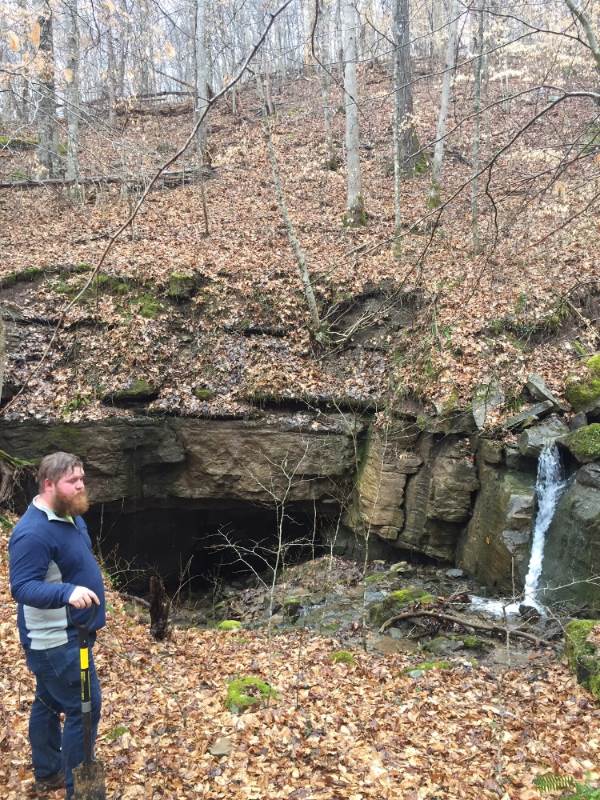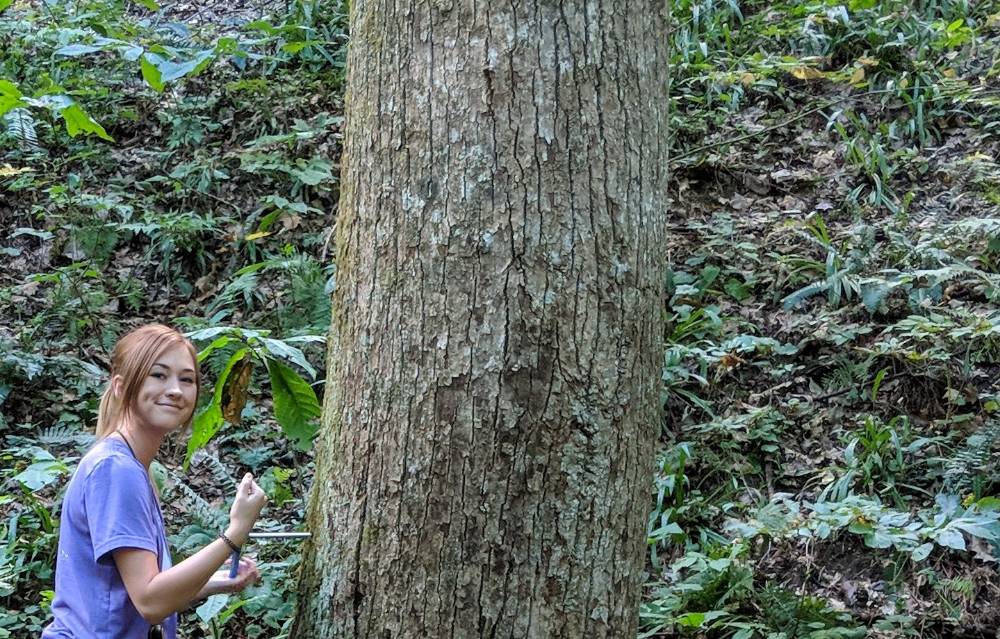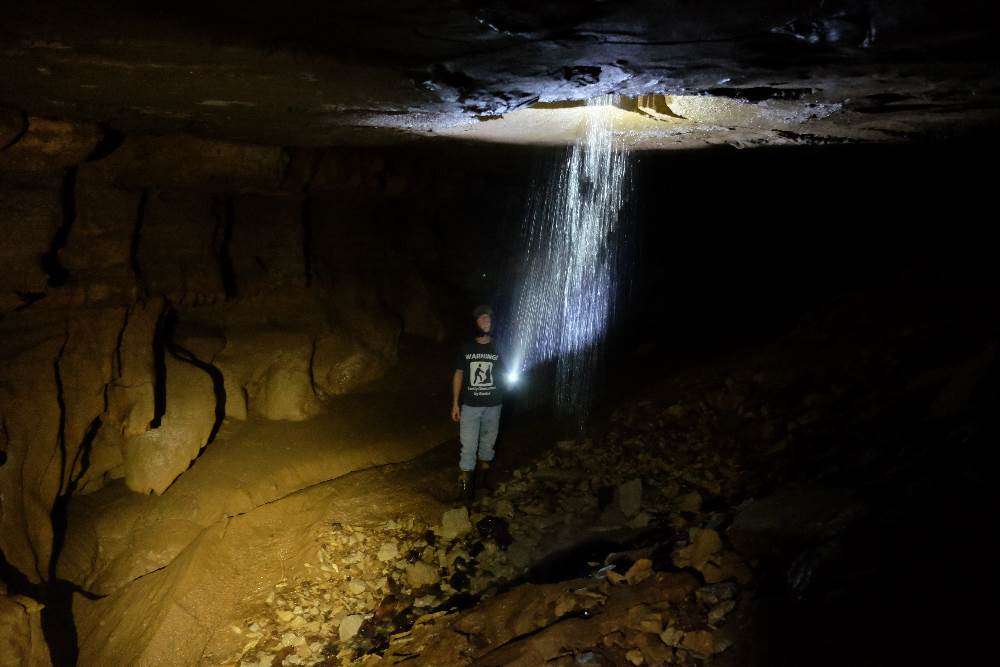Research
The Earth Sciences faculty is actively involved in research in a number of fields such as aqueous geochemistry, sedimentology and stratigraphy, Appalachian geology, geomorphology, petroleum geology, planetary geologic mapping, mineralogy, x-ray diffraction, remote sensing, climate change and geospatial analysis. Many faculty research projects involve student participation through the Senior Thesis courses and class projects. This promotes a close working relationship between students and faculty and gives students invaluable experience working on real-life problems in the geosciences.
Research Areas
Tennessee Tech's location is conducive to a number of different geologic research topics. The Upper Cumberland Region of Tennessee is a world-class karst area, and Cookeville itself sits on a well developed fluviokarst plain. This makes Tech an ideal place to study cave features and faculty and students in the department have contributed extensively to karst research over the years. The nearby escarpments of the Highland Rim and Cumberland Plateau provide excellent places to study hillslope evolution and drainage evolution. In addition to the local geology, Cookeville is within a few hours drive of everything from the high-grade metamorphic rocks of the Blue Ridge to the costal plain sediments of West Tennessee.
The Earth Sciences Department's research is not limited to geology. Cookeville is a rapidly growing small city and this growth requires careful geospatial planning and research into the environmental impacts of urbanization. Earth Sciences students and faculty have worked on numerous GIS projects related to urbanization, such as crime analysis and effects on local watersheds. The extensive cave systems beneath the city require careful mapping to mitigate impacts both on the caves themselves and the structures above.
Student Research
Geoscience majors work closely with faculty on research projects, both for the senior thesis, class projects, and independent-study classes. Results of this research is regularly presented by students at the local, regional, and national level. Below are some examples of recent faculty-student collaborations.
With Dr. Evan Hart, Bailey Carter measured rainfall-runoff lag times for the Blackburn Fork at Cummins Falls State Park. This research will assist in the development of a flash flood warning system for the park. Charlie Capps conducted a dye trace from Dry Hollow, a large enclosed depression in Overton County. The dye trace will determine if Dry Hollow drains to one of four possible watersheds. Ben Vaigneur made a surficial geologic map of the Monterey Lake 7.5' Quadrangle using LIDAR data, soils maps and field verification. This quadrangle includes newly discovered landslide deposits within Icy Cove, one of the largest sinkholes in the country.



Morgan Wright worked with Dr. Lauren Michel coring hemlock trees at Frozen Head State Park and other Tennessee parks. Morgan's research centered on understanding how the climate changed in middle Tennessee and how this may be contributing to the infestation of the woolly adelgid.


